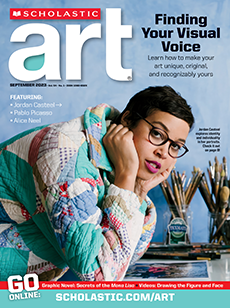All human bodies are unique. There’s an infinite number of ways they can be depicted in three dimensions. From the materials artists choose to the scale and the surface quality, a sculpture of the figure often reflects the aesthetic values of the time in which it was made. The artists whose work is shown here have helped define the medium—and broaden our ideas about what’s possible.
Human bodies are unique. There are many ways to depict them in three-dimensional sculptures. Artists use different materials, sizes, and techniques. These choices often reflect the time in which a sculpture was made. The artists whose work is shown here have helped define the art form.
